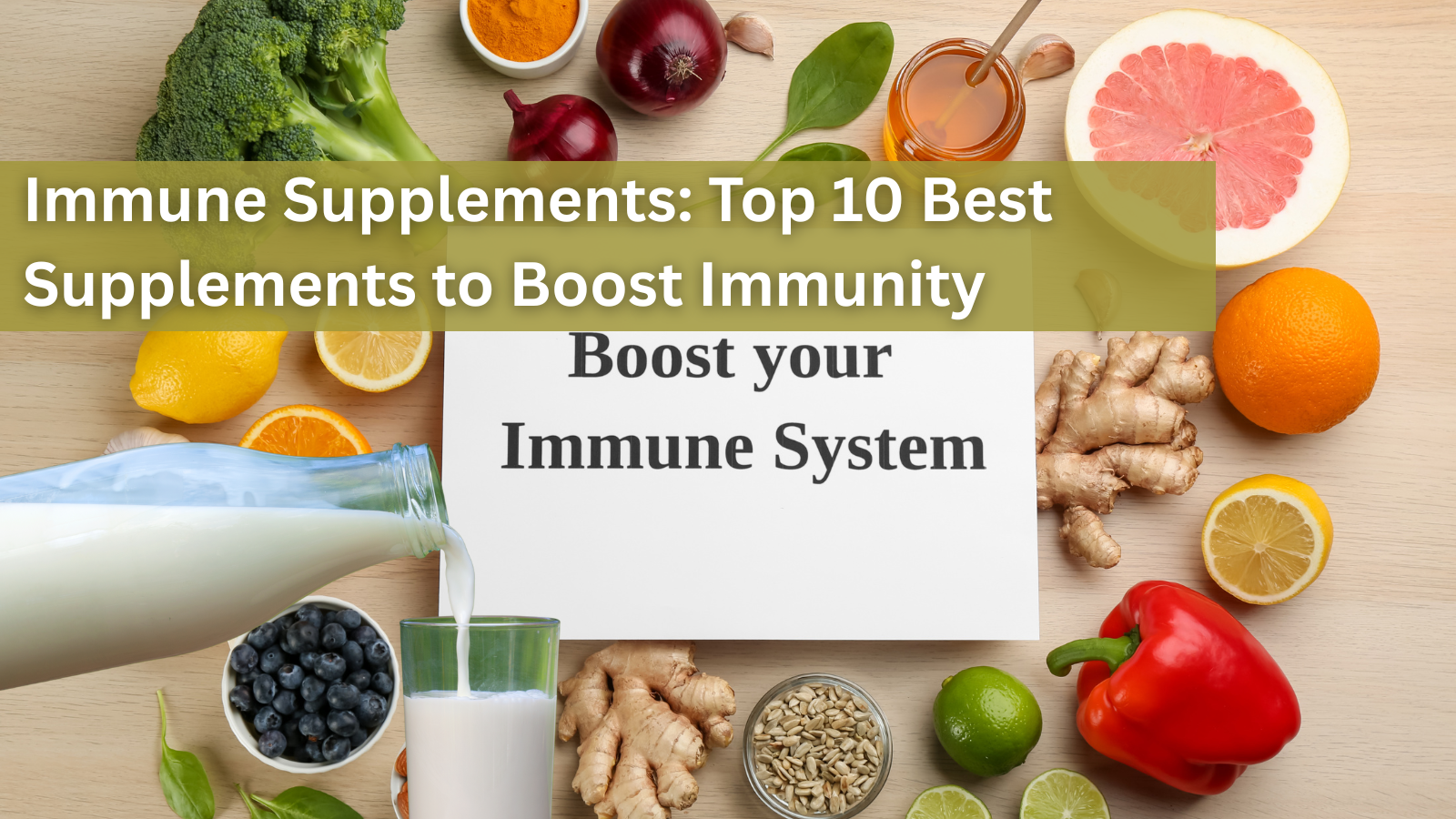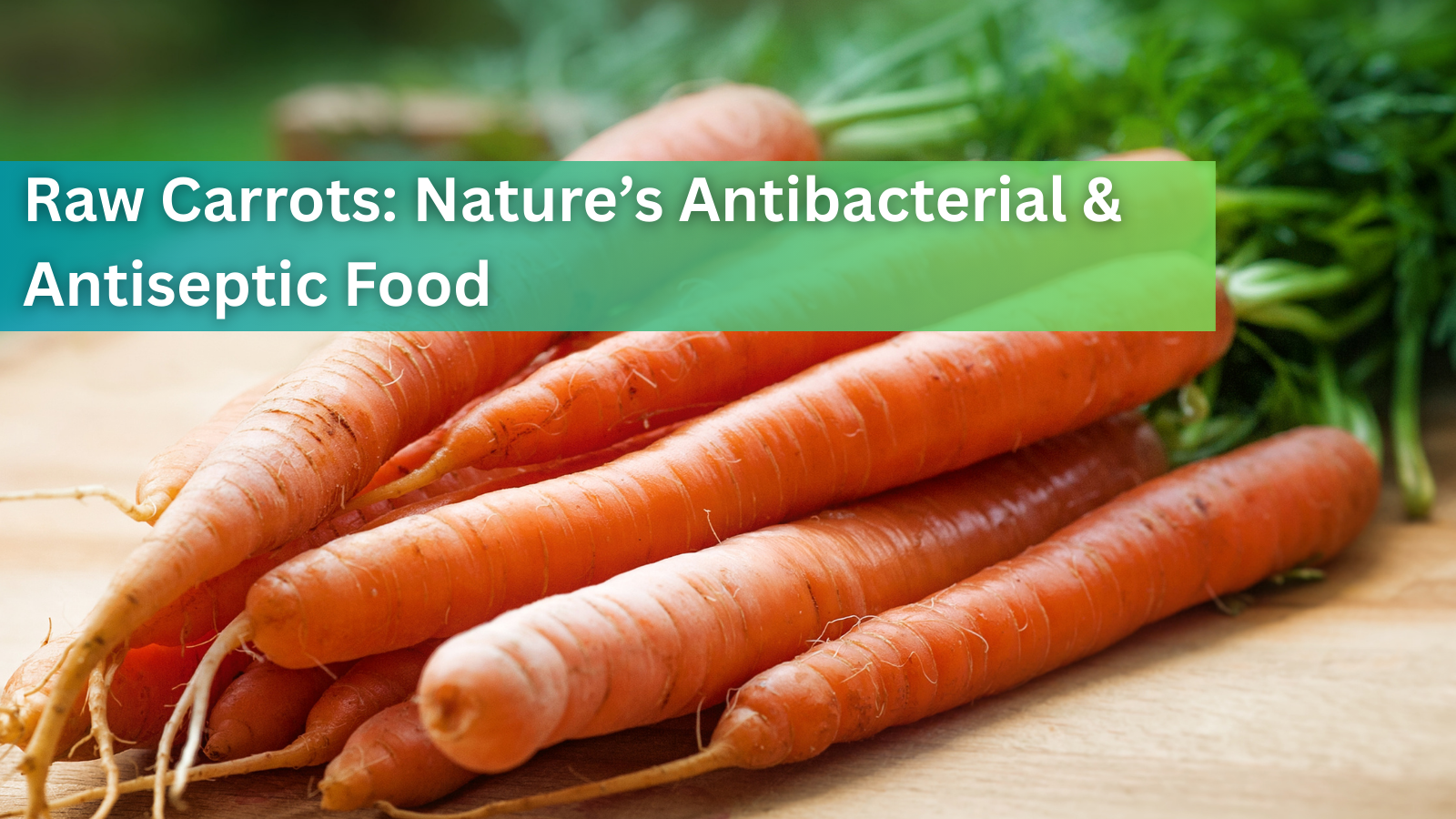Purple Potatoes: New Research Finds Natural Compounds That Target Colon Cancer Stem Cells Through Multiple Pathways

When we think of powerful cancer-fighting foods, the humble potato rarely comes to mind — especially not its vibrantly colored cousin, the purple potato. Yet recent research reveals that these colorful tubers may pack a potent punch against one of the most dangerous culprits in colon cancer: cancer stem cells (CSCs). These specialized cells are thought to drive tumor growth, recurrence, and resistance to conventional therapies. Intriguingly, compounds found in purple potatoes appear to disrupt multiple cellular pathways, leading to the death of these resilient cells.
Let’s dig deeper into the science behind this surprising superfood.
The Nutritional and Cultural Significance of Purple Sweet Potatoes, with Two Recipes
Purple sweet potatoes (Ipomoea batatas), often referred to as Okinawan sweet potatoes or Stokes Purple depending on their origin, have gained popularity in recent years not only for their striking color but also for their rich nutritional profile and cultural significance. Native to Central and South America, purple sweet potatoes have been cultivated and consumed for centuries, particularly in Polynesian and Asian cultures, where they have long been regarded as staple foods and symbols of health and longevity.
Nutritional Value and Health Benefits
Purple sweet potatoes are particularly rich in anthocyanins, the pigments responsible for their vibrant hue. Anthocyanins are a type of flavonoid with potent antioxidant properties. Several studies have shown that anthocyanins can help reduce inflammation, combat oxidative stress, and potentially lower the risk of chronic diseases such as cardiovascular conditions and certain cancers (Wang et al., 1997; Prior et al., 2003).
Compared to their orange-fleshed counterparts, purple sweet potatoes have a lower glycemic index, which may make them more suitable for people managing blood sugar levels (Nakamura et al., 2016). They are also high in fiber, vitamin C, potassium, and other essential micronutrients.
The bioactive compounds in purple sweet potatoes have been the subject of increased scientific inquiry. For instance, a study by Grace et al. (2009) demonstrated the potential of anthocyanin extracts from purple sweet potatoes in inhibiting the proliferation of human colorectal cancer cells. Furthermore, purple sweet potatoes have shown neuroprotective properties, possibly aiding in the prevention of cognitive decline (Joseph et al., 1999).
Cultural Context
In Okinawa, Japan—one of the world’s Blue Zones, where inhabitants commonly live over 100 years—purple sweet potatoes are a dietary staple. Researchers have linked their consumption to improved longevity and reduced incidence of age-related diseases (Willcox et al., 2007). The potato is not only a source of nourishment but also deeply embedded in cultural rituals and local cuisine.
Recipes Featuring Purple Sweet Potatoes
1. Purple Sweet Potato Coconut Pudding (Filipino-Inspired “Ube Halaya”)
Ingredients:
- 2 cups mashed cooked purple sweet potatoes (peeled and steamed)
- 1 can (14 oz) full-fat coconut milk
- 1 can (14 oz) condensed milk
- 1/2 cup evaporated milk or whole milk
- 1/4 cup butter (or coconut oil for a vegan option)
- 1/2 tsp vanilla extract
- Optional: grated cheese for topping (common in Filipino preparations)
Instructions:
- In a heavy-bottomed saucepan, combine the mashed sweet potatoes, coconut milk, condensed milk, and evaporated milk.
- Cook over medium heat, stirring constantly to avoid burning, for about 20–30 minutes or until the mixture thickens.
- Add butter and vanilla extract; continue stirring until the mixture reaches a jam-like consistency.
- Pour into a greased container or mold. Allow to cool and refrigerate until set.
- Serve chilled, optionally topped with grated cheese.
Note: This dessert is commonly called "ube halaya" in Filipino cuisine, although traditional ube uses Dioscorea alata (a type of yam), which is different from Ipomoea batatas. Nonetheless, the two are often substituted for each other due to similar color and flavor profiles.
2. Roasted Purple Sweet Potato & Quinoa Salad
Ingredients:
- 2 medium purple sweet potatoes, peeled and diced
- 1 tbsp olive oil
- Salt and pepper to taste
- 1 cup cooked quinoa
- 1/4 cup chopped scallions
- 1/4 cup crumbled feta cheese (optional)
- 1/4 cup chopped walnuts or pecans
- 2 tbsp dried cranberries or raisins
- Handful of fresh spinach or arugula
For the dressing:
- 2 tbsp olive oil
- 1 tbsp lemon juice
- 1 tsp Dijon mustard
- 1 tsp honey or maple syrup
- Salt and pepper to taste
Instructions:
- Preheat oven to 400°F (200°C). Toss diced purple sweet potatoes with olive oil, salt, and pepper. Roast for 25–30 minutes or until tender and slightly crispy on the edges.
- In a large bowl, combine cooked quinoa, roasted sweet potatoes, scallions, nuts, cranberries, and spinach.
- In a small jar, shake together the dressing ingredients. Pour over salad and toss to combine.
- Top with feta cheese and serve warm or chilled.
Conclusion
Purple sweet potatoes are more than just a trendy superfood; they offer substantial health benefits backed by a growing body of scientific literature. From antioxidant-rich anthocyanins to their role in traditional diets associated with longevity, these vibrant tubers are a valuable addition to a health-conscious kitchen. Whether enjoyed in sweet or savory dishes, they bring not only nutrition but also cultural richness to the table.
References
- Grace, M. H., Yousef, G. G., & Lila, M. A. (2009). Wild blueberry anthocyanins inhibit growth and metastatic potential of MDA-MB-231 breast cancer cells. Journal of Agricultural and Food Chemistry, 57(4), 1112–1118.
- Joseph, J. A., Shukitt-Hale, B., & Casadesus, G. (2005). Reversing the deleterious effects of aging on neuronal communication and behavior: beneficial properties of fruit polyphenolic compounds. The American Journal of Clinical Nutrition, 81(1), 313S–316S.
- Nakamura, Y., Tani, T., Fujimoto, K., & Konishi, T. (2016). Antihyperglycemic and antioxidant effects of purple sweet potato extract on type 2 diabetes in KK-Ay mice. Bioscience, Biotechnology, and Biochemistry, 80(6), 1216–1223.
- Prior, R. L., Wu, X., & Schaich, K. (2005). Standardized methods for the determination of antioxidant capacity and phenolics in foods and dietary supplements. Journal of Agricultural and Food Chemistry, 53(10), 4290–4302.
- Wang, H., Cao, G., & Prior, R. L. (1997). Oxygen radical absorbing capacity of anthocyanins. Journal of Agricultural and Food Chemistry, 45(2), 304–309.
- Willcox, D. C., Willcox, B. J., Todoriki, H., & Suzuki, M. (2007). The Okinawan diet: health implications of a low-calorie, nutrient-dense, antioxidant-rich dietary pattern low in glycemic load. Journal of the American College of Nutrition, 26(sup1), 72S–85S.
1 comment

September 27, 2025
Immune Supplements: Top 10 Best Supplements to Boost Immunity
Are you looking for effective ways to enhance your body’s natural defense? Immune supplements have become popular choices to support the immune system booster function, especially in times of increased illness risk. With so many products...
Read more
September 27, 2025
Cell Phone and WiFi Safety: How to Prevent and Treat EMF Damage and Electrosensitivity
Electrohypersensitivity (EHS), often called electrosensitivity, has been a polarizing and increasingly relevant issue over the past decade and a half. Since the number of people identifying with these symptoms continues to grow exponent...
Read more
September 27, 2025
Raw Carrots: Nature’s Antibacterial & Antiseptic Food
For most of us, carrots are simply a crunchy snack or a source of vitamin A. But according to researcher Ray Peat, PhD, raw carrots offer something more unusual: they act as a kind of natural antiseptic inside the gut, helping to contro...
Read more




Where do you find these purple sweet potatoes and how do you know they have not been sprayed with chemicals?
Leave a comment